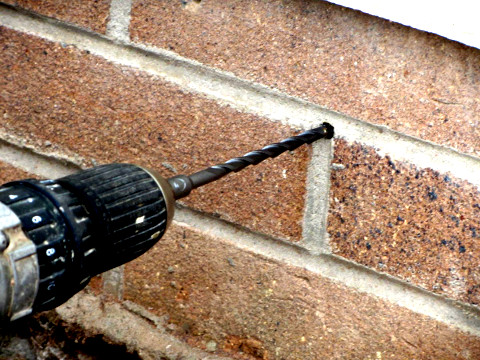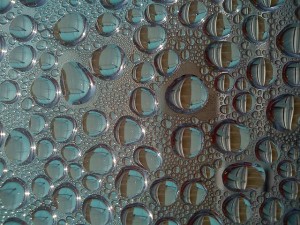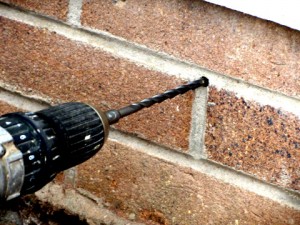Damp Proof Membrane (DPM):
A damp-proof membrane is a moisture inhibiting foil that is 100% watertight. Thus damp is prevented from penetrating the membrane, thereby protecting your structure.
You would require a DPM when using certain insulation materials – such as mineral wool, cellulose, etc. – to prevent damp from working its way into the insulation. The membrane is also used to protect buildings against damp.
A damp-proof membrane prevents moisture – which exists in the surrounding air in the form of condensation – from penetrating. In doing so, the membrane acts to protect the underlying materials against damp. Where insulation is concerned, fitting a damp-proof membrane is important, as it safeguards the insulating properties of the material. For a timber structure, a DPM would also offer protection against rot and mold.
Types of DPM
Damp-proof membranes come in different forms and materials such ash:
- Polyethylene foils
- Aluminum or aluminated paper
- Bitumen
Which spaces are covered?
A damp-proof membrane is especially fitted in roofs that have a low-water-permeable course. This holds true for most roof frames of sloping and platform roofs. In addition, a damp-proof membrane is a good idea is poorly ventilated kitchens and bathrooms and for exterior walls that do not allow a lot of damp to get through, such as walls built with glazed bricks.
Damp Proof Course (DPC):
A damp-proof course is required is the construction of building to prevent rising damp and in some situations to prevent penetrating damp. Site preparation and resistance to contaminants and moisture suggests that a damp proof course may be:
- Bituminous material
- Polyethylene
- Engineering bricks
- Slates in cement mortar
The absence of a damp-proof course in older buildings can be rectified by creating a moisture-impermeable layer, either by insertion of a DPC, or by injection of water-repellent chemicals. Treatment generally involves remedial work to any corroded or decayed elements of the building fabric, as well as removing and replacing existing plaster.
However, damp in older buildings is actually often caused by a leak or a defect in the wall construction, such as a crack, rather than by rising damp. This may not be rectified by inserting a damp-proof course. It is important that any defects are identified and corrected first before accepting the cost and disruption of inserting a damp-proof course


